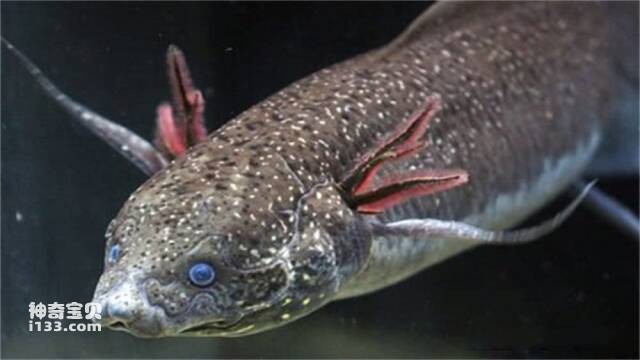Because lungfish have lungs and internal nostrils that can breathe air, they have long been considered the earliest terrestrial tetrapod vertebrates—the ancestors or close relatives of amphibians. By the end of the 19th century, lungfishes were once replaced by lobe-finned fishes as the ancestors of amphibians, because the skeletal system of lobe-finned fishes, especially fan-finned fishes, was closer to that of early amphibians; and, These lobe-finned fishes also have so-called internal nostrils that can be used for breathing; therefore, the scientific community has gradually recognized that the bony-finned fishes of the suborder Euphopteridae of the order Lobofins are the ancestors of amphibians. But in the 1980s, Academician Zhang Miman, a scientist at the Institute of Vertebrate Paleontology and Paleoanthropology of the Chinese Academy of Sciences, used serial sections to conduct in-depth research on a lobe-fin fish, Yang's fish found in Yunnan Province, my country. Research shows that Young's fish does not have internal nostrils. Therefore, she speculates that the so-called internal nostrils of the entire lobofin family may not actually exist. Therefore, the theory that amphibians originated from lobe-finned fishes, which has been "recognized" by the world's scientific community for more than half a century, is facing challenges again.
So, which lobe-finned fish did the earliest terrestrial vertebrates, amphibians, originate from? It seems that more and better fossil evidence needs to be found.

animal tags: Lungfish euphinidae
We created this article in conjunction with AI technology, then made sure it was fact-checked and edited by a Animals Top editor.